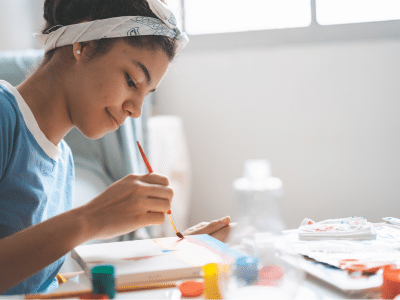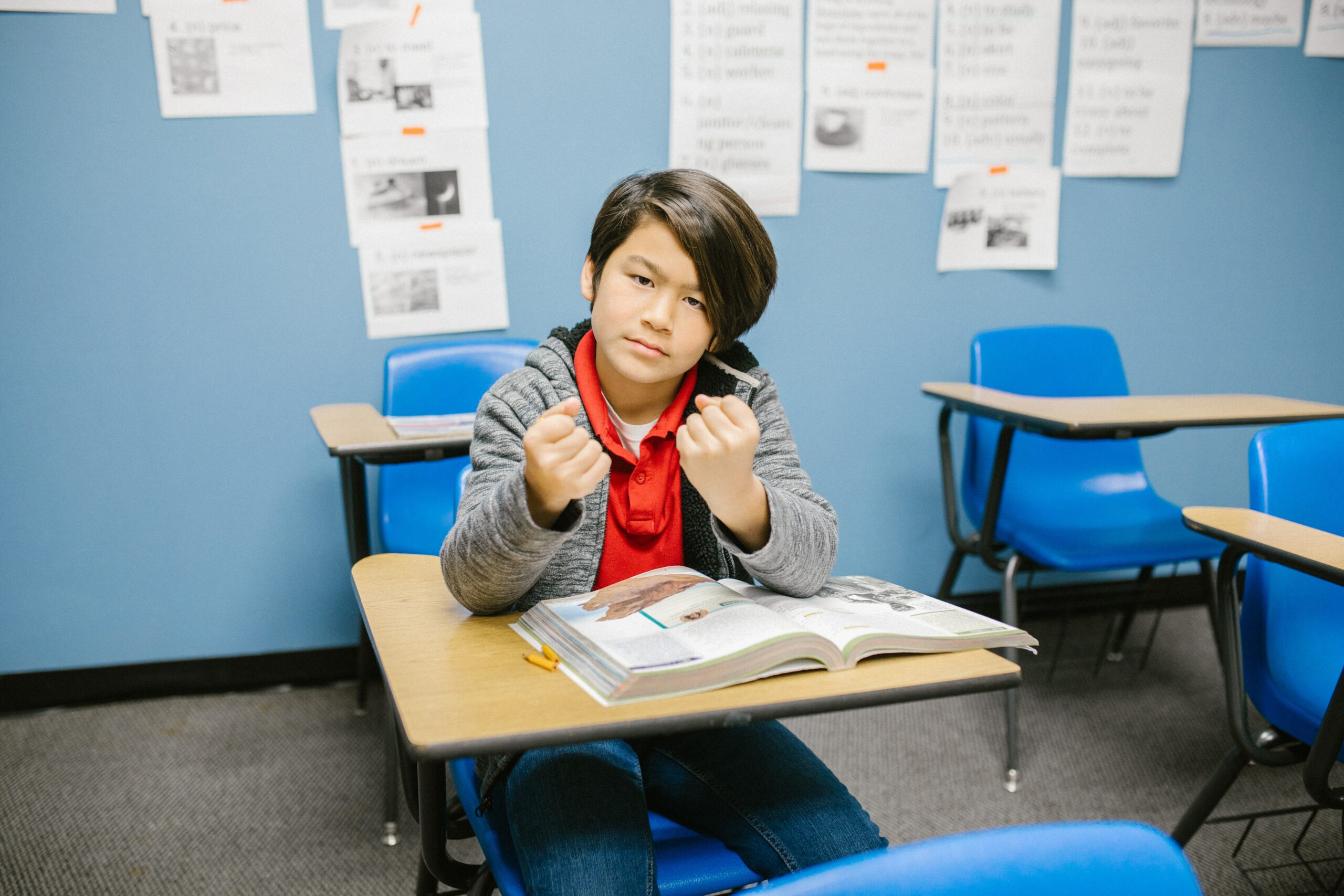Spoiler alert: Your teen probably isn’t going to sit cross-legged in a playroom and build castles in a sand tray in play therapy.
But what if the principles behind play therapy could still help you understand, connect with, and support your teen—especially when they’re struggling to express what’s going on inside?
In the latest episode of Parenting Shrink Wrapped, we sat down with Vanessa Kellner, a registered play therapist and owner of Wholesome Healing, to talk about the incredible emotional power of play therapy. While her clients are mostly younger children, the lessons she shares are gold for anyone raising a middle schooler or high schooler, too.
Let’s break it down.
🧠 Why Play Isn’t Just for Little Kids
Play therapy is based on a simple but powerful truth: Kids don’t always have the words to explain how they feel—so they show us.
In therapy with young kids, that might look like:
- Building walls and cannons in a sand tray to show anxiety or self-protection
- Choosing specific toys to symbolize their family dynamic
- Acting out stories that reflect inner fears, grief, or confusion
Sound familiar?
Teenagers might not use plastic figurines to tell you what’s up, but they’re still “acting it out”—just with slammed doors, dropped grades, late-night anxiety, or total withdrawal.
Vanessa’s work reminds us that behavior is communication, no matter how old your kid is.
🗣️ Teens Have Words… So Why Aren’t They Using Them?
It’s easy to assume that once a child hits adolescence, they should be able to talk about what they’re feeling. But even the most articulate teen may not have the insight, emotional vocabulary, or desire to unpack their inner world.
That’s why the mindset behind play therapy still applies:
- Connection over correction
- Curiosity instead of control
- Safe spaces over lectures
Your teen might not need a sandbox. But they do need:
- Room to express themselves in non-verbal ways (art, music, movement, gaming, journaling)
- A parent who can “read between the behaviors” instead of reacting to them
- Permission to feel big feelings without being rushed to explain or fix them
🧰 Practical Takeaways for Parents of Teens
Vanessa’s work offers some simple-but-mighty truths that translate beautifully to teen parenting:
✅ Behavior is a message. Even the eye-rolls and silence are saying something.
✅ Teens need space to experiment. Just like little kids “practice” life through play, teens try on identities, moods, and boundaries to figure out who they are.
✅ Don’t assume they’ll just open up. Create low-pressure, playful, or creative moments where connection can happen more organically.
✅ You’re still the most important player. Play therapists include parents in the process for a reason—because healing and growth stick best when they happen inside safe relationships.
🎧 Want More? Listen to the Full Episode
Vanessa’s insights go way beyond blocks and toy soldiers. She offers a compassionate, research-backed explanation of how kids process emotion—and how we, as parents, can support them at every stage of development.
🔗 Listen to “The Benefits of Play Therapy with Vanessa Kellner” now
Because no matter your teen’s age, play isn’t just for kids. It’s a mindset—and it’s a powerful one.
If you found this episode or blog helpful, share it with a parent or caregiver. Worried about your teen’s emotions? Navigating mental health care can be confusing and stressful. Take some of the worry and confusion out of it by reading THIS blog post or listening to Episode 9 of the Parenting Shrink Wrapped Podcast








 Raising Kids on the Autism Spectrum: What Parents Need to Know
Raising Kids on the Autism Spectrum: What Parents Need to Know
Leave a Reply